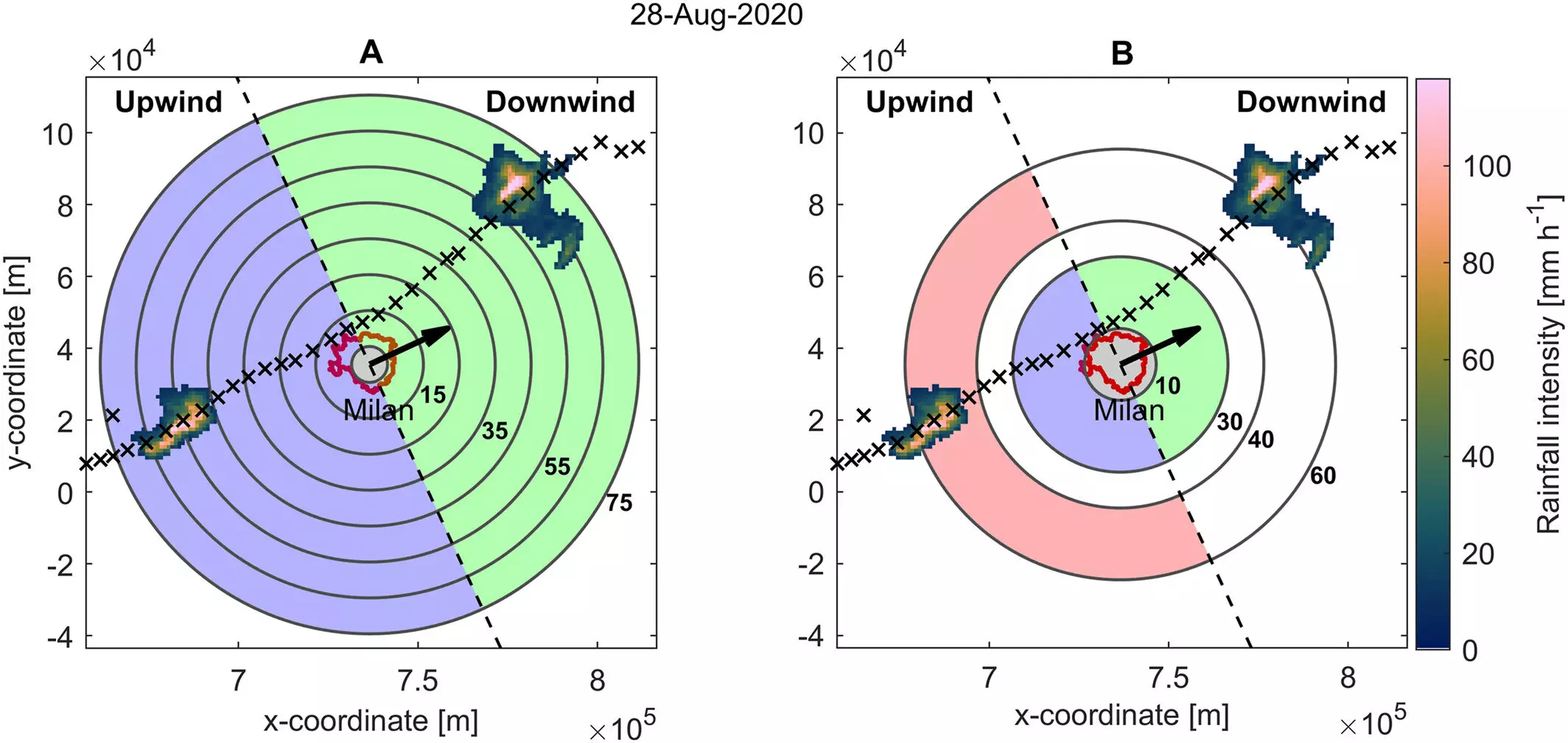Urban areas, while hubs of economic and social activity, are increasingly becoming focal points for intense meteorological phenomena, particularly summer storms. Recent research reveals significant disparities in storm patterns between urban and rural environments, emphasizing the urgent need for urban planners to reconsider how they approach flood management and stormwater systems.
One of the primary factors contributing to the heightened occurrence of storms over cities is the urban heat island effect. Cities often present a stark contrast to their rural counterparts, boasting a landscape of concrete and asphalt that absorbs and retains heat. This phenomenon can result in significant temperature differences, with urban areas exhibiting warmer climates, particularly during the summer months. The warm air generated in these urban heat islands can rise, creating an updraft that helps facilitate the formation of storm clouds. The interaction between city landscapes and meteorological conditions indicates that urbanization not only alters land use but also modifies local climates, thereby intensifying storm activity within city boundaries.
The research delineates the differentiation of rainfall types during urban storms. The study draws attention to the “fire hose effect,” where rains fall in concentrated bursts over small geographic areas instead of being spread evenly. This can severely overload storm drainage systems and increase the risk of flooding, particularly in larger cities where the effect is magnified. Unlike rural regions, where rainfall might be distributed more uniformly, urban areas experience localized downpours resulting in severe waterlogging and infrastructural strain. Such occurrences underline the necessity for urban planners to rethink drainage systems that are often insufficient for these sudden influxes of water.
Quantifying the risk of flooding in urban environments is paramount as cities continue to grow. As highlighted by the study, it is not merely the intensity of rainfall that should be considered but also how this rainfall is spatially concentrated. For instance, the research notes that larger cities can augment rainfall intensity by up to 11%, intensifying the flood risk compared to their surroundings. This not only calls for more robust urban infrastructure but also advances the importance of predictive modeling to help anticipate storm events and adjust urban planning accordingly.
While the trends observed in the study are consistent across various urban environments, individual cities exhibit unique storm patterns influenced by local geography, climate, and urban design. For example, Berlin and Phoenix showed different behaviors compared to other cities, supporting the idea that localized factors can significantly influence meteorological patterns. Beerlin experienced more dispersed rainfall, while cities like Atlanta experienced a greater intensity of storms during the day vs. night. Such variability suggests that metropolitan areas must create tailored strategies to address their specific challenges regarding stormwater management and flood mitigation.
As the research underscores, the intersection of climate change with urban expansion is a pressing concern. As global temperatures rise, the frequency and severity of storms are likely to increase, placing additional strain on urban infrastructures that may already be ill-equipped to handle such challenges. Therefore, city planners are urged to incorporate climate projections into their frameworks, ensuring that strategies for stormwater management are proactive rather than reactive. This forward-thinking approach can mitigate the risks posed by intense summer storms, safeguarding urban populations and ecosystems alike.
The study illuminates critical insights into how urbanization transforms weather patterns, necessitating a shift in how cities prepare for and respond to summer storms. Understanding the unique characteristics of storm formation within urban areas can provide valuable guidance for developing effective infrastructure, policies, and strategies tailored to specific locales. As urbanized areas continue to grow in the face of accelerating climate change, adapting to these shifting patterns is not just advisable but essential for the resilience and sustainability of cities globally. Moving forward, broadening the scope of research and examining diverse city environments will unlock new strategies for effective urban planning in a storm-prone future.


Leave a Reply